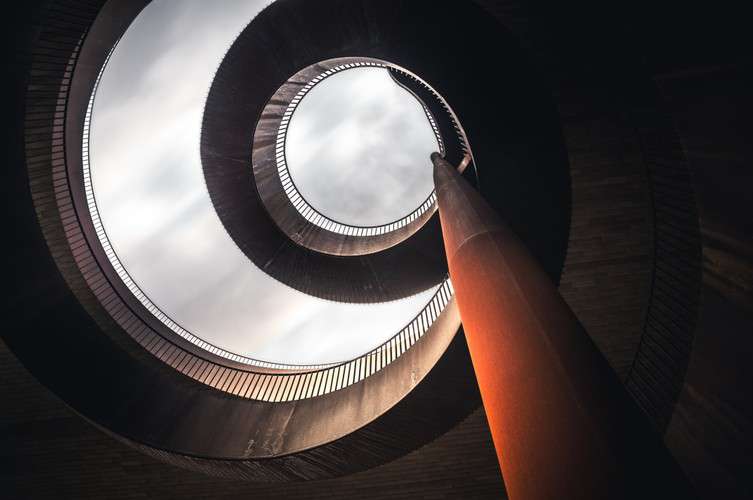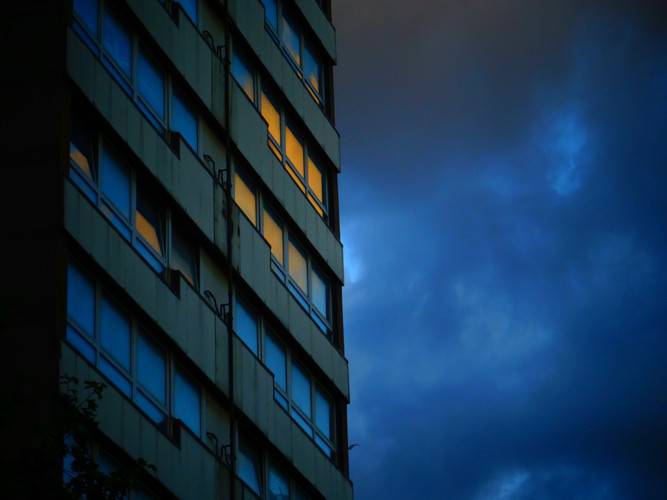Comment optimiser la qualité d'image de votre projecteur
Leprojecteurs domestiquespeut transformer votre expérience de visionnage, offrant une atmosphère de cinéma directement dans votre salon ou votre jardin. Cependant, obtenir une qualité d'image optimale est crucial pour une expérience vraiment immersive. Que vous’re watching movies, gaming, or giving
presentations, the right adjustments can make a world of difference. Here are
six top tips to help you optimize the picture quality on your projector.
6 Top Tips to
Optimize Picture Quality on Your Projector
Understand Your
Projector Specifications
Avant de procéder aux ajustements, il est essentiel de vous familiariser avec votre projecteur.'s specifications. The resolution,
brightness, and contrast ratio are key factors that significantly impact image
quality.
’re using the highest resolution available
for your content.
Brightness: Measured in lumens, brightness
is critical for viewing in various lighting conditions. If you plan to use your
projector in a well-lit room, opt for a projector with at least 2,200 lumens,
such as the Cosmos 4K SE. For darker environments, lower brightness levels may
suffice.
Contrast Ratio: This measures the
difference between the darkest and brightest parts of an image. A higher
contrast ratio means deeper blacks and brighter whites, leading to more vibrant
colors. Aim for a projector with a high contrast ratio to enhance your viewing
experience.

Proper
Placement and Setup
The placement of your projector plays a
vital role in picture quality. Follow these guidelines for optimal setup:
Distance par rapport à l'écran : Chaque projecteur a une distance de projection spécifique, qui est la distance entre le projecteur et l'écran requise pour produire une certaine taille d'image. Référez-vous à votre projecteur s specifications and adjust its placement
accordingly.
Adjusting the Lens and Focus: After
positioning your projector, fine-tune the focus to eliminate blurriness. Most
projectors feature a focus ring or digital adjustment options. Take the time to
get this right, as a sharp image is fundamental to quality.
Level Surface: Ensure that the projector is
on a stable, level surface to avoid distortion. If the projector is tilted, the
image will appear warped, detracting from the viewing experience.
Screen and Wall
Considerations
The surface onto which you project is just
as important as the projector itself.
Choisir le bon écran : Si vous’re serious about picture quality,
consider investing in a dedicated projection screen. Options include fixed
frames, retractable screens, and portable ones, each with their benefits. A
high-quality screen will reflect light evenly and enhance the overall image
quality.
Options d'écran DIY : Si un écran de projecteur’t in your budget, a
smooth white wall can suffice. Alternatively, you can create a DIY screen using
materials like blackout cloth or specially painted surfaces designed for
projection.
Wall Color and Texture: The color and
texture of your wall can impact image quality. Ideally, use a flat,
neutral-colored surface to avoid distortion and reflections that can wash out
the image.

Fine-Tuning
Picture Settings
Une fois que votre projecteur est installé, il’s time to tweak its settings for optimal
performance.
Régler la luminosité et le contraste : La plupart des projecteurs ont des réglages de luminosité et de contraste ajustables. Expérimentez avec ceux-ci pour trouver le bon équilibre.apostrophes often helpful to watch a sample movie scene with varying light
levels to assess adjustments.
Réglages des couleurs : Ajustez la température de couleur et la saturation pour des couleurs plus naturelles et vibrantes. De nombreux projecteurs sont livrés avec des modes préréglés, tels queFilm”ouJeu” which can be helpful starting points.
Sharpness Control: While it may seem
intuitive to crank up sharpness to the max, this can sometimes create
artifacts. Instead, adjust it gradually and watch how it affects the image.
Managing
Ambient Light
Controlling ambient light is crucial for
achieving the best picture quality.
Room Lighting: Ideally, your viewing area
should be dark. If possible, use curtains or blinds to block out natural light.
Even the smallest amount of light can affect how well your projector performs.
Timing Your Viewing: Take advantage of
evening hours when natural light is minimal. If you must watch during the day,
aim for rooms with fewer windows or consider blackout curtains.
Regular
Maintenance and Calibration
To keep your projector performing at its
best, regular maintenance is essential.
Cleaning the Lens: Dust and smudges on the
lens can significantly degrade image quality. Regularly clean the lens with a
microfiber cloth to ensure clarity.
Updating Firmware: Check periodically for
firmware updates from the manufacturer. Keeping your projector up-to-date can
enhance performance and fix bugs that may affect image quality.
Étalonnage professionnel : Si vousre serious about picture quality,
consider having your projector professionally calibrated. This process adjusts
various settings to ensure the best performance tailored to your environment.
Conclusion
Optimiser la qualité d'image de votre projecteur à domicile peut améliorer considérablement votre expérience de visionnage. En comprenant les spécifications de votre projecteur, en l'installant correctement, en sélectionnant le bon écran, en ajustant finement les réglages, en gérant la lumière ambiante et en effectuant un entretien régulier, vous pouvez profiter de visuels époustouflants dans le confort de votre foyer. Avec ces conseils, vous’vous serez bien parti pour créer une ambiance cinématographique qui rivalise avec n'importe quel théâtre. Alors prenez votre popcorn, tamisez les lumières et préparez-vous pour une expérience de visionnage inoubliable !






